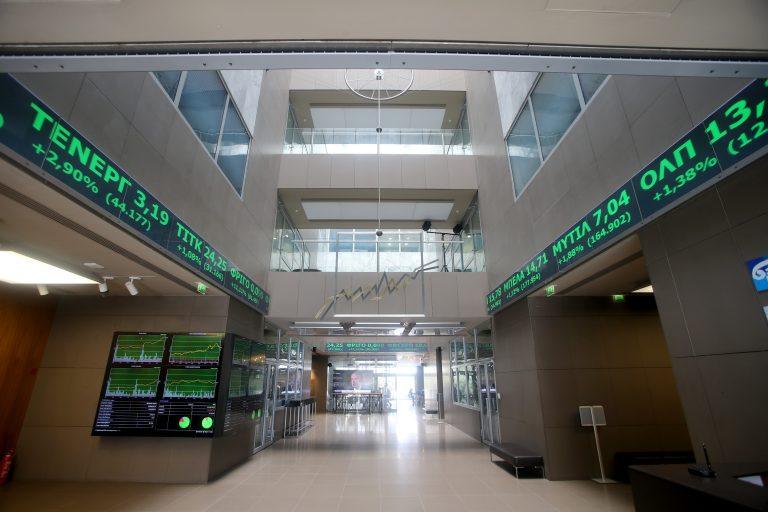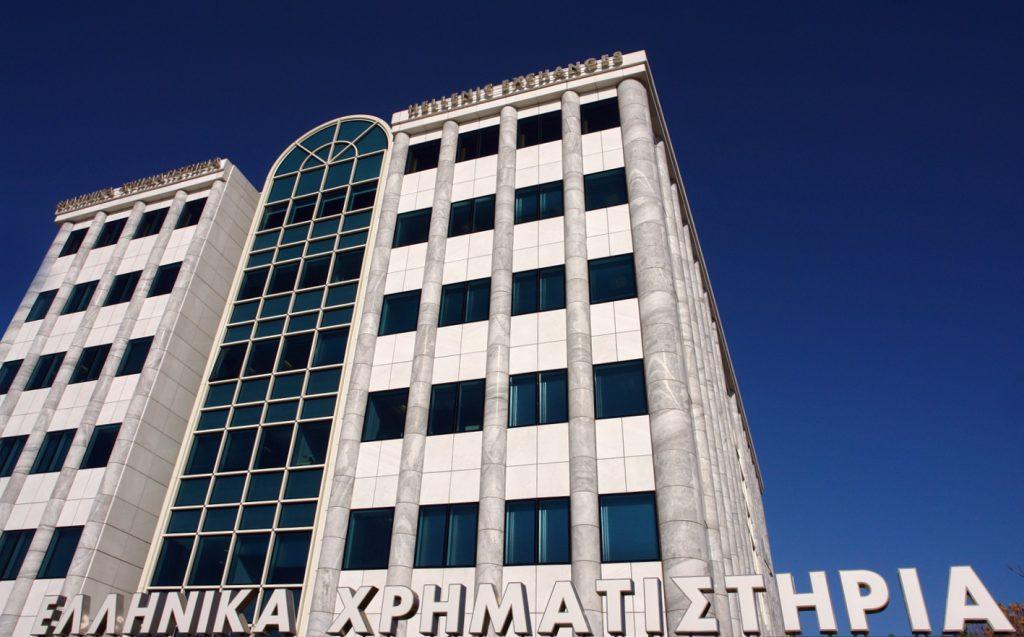Greek unemployment rates recorded a notable improvement since the 2010 economic crisis, but the country continues to face serious challenges, according to the OECD Employment Outlook 2025, released on Wednesday.
While the average employment rate for OECD countries reached 72.1% for Q1 in 2025, Greece lags notably, especially for the youth, women, and older age groups.
The report highlights a reduced participation of females and youth in the workforce, underlining that the country continues to be plagued by structural problems that limit job opportunities.
Over the past years, the Greek unemployment rate continued on a steady downward trend, largely due to a rise in tourism, concentrated investments, and sluggish structural policies, the report notes.
The gap between male and female employment remains high, with Greece recording the lowest participation rate among OECD countries. The report assesses that eliminating this disparity could lead to a 0.3% GDP per capita annual increase.
Greece, along with Austria, Belgium, France, the Czech Republic, Italy, Luxembourg, Slovakia, Slovenia, and Spain, could see a significant rise in annual per capita GDP by mobilizing its elderly population. According to the OECD, in countries like France, Italy, and Spain, retaining older individuals in the workforce could, by itself, fully offset the projected decline in per capita GDP due to demographic aging.
The report estimates that migration could be beneficial for Greece, with more targeted and selective migration policies addressing skill shortages. However, the integration of migrants into the labor market remains limited.
The organization urges Greece to prioritize the activation of untapped human capital, especially women, young people, older workers, and migrants.
Source: tovima.com

































![Ελευθέριος Βενιζέλος: «Πέταξε» η επιβατική κίνηση το 2025 [πίνακες]](https://www.ot.gr/wp-content/uploads/2026/01/aerodro.jpg)








